Edited by Admin_Dermpath
Case Number : Case 1695 - 25 November - Dr Richard A Carr Posted By: Guest
Please read the clinical history and view the images by clicking on them before you proffer your diagnosis.
Submitted Date :
Clinical Details: F90. Tibial ridge. ?BCC
Case Posted by Dr Richard A Carr
Case Posted by Dr Richard A Carr


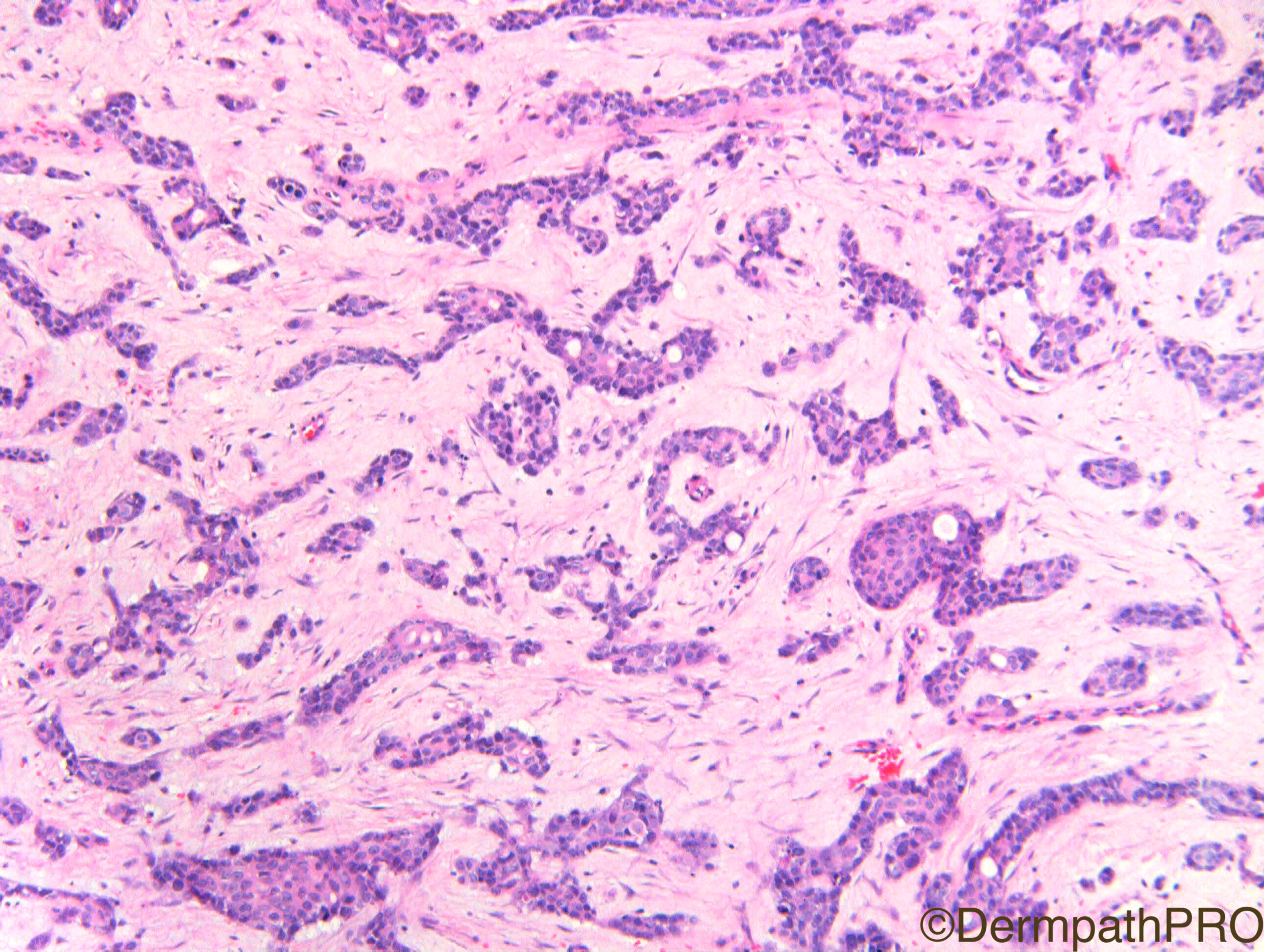

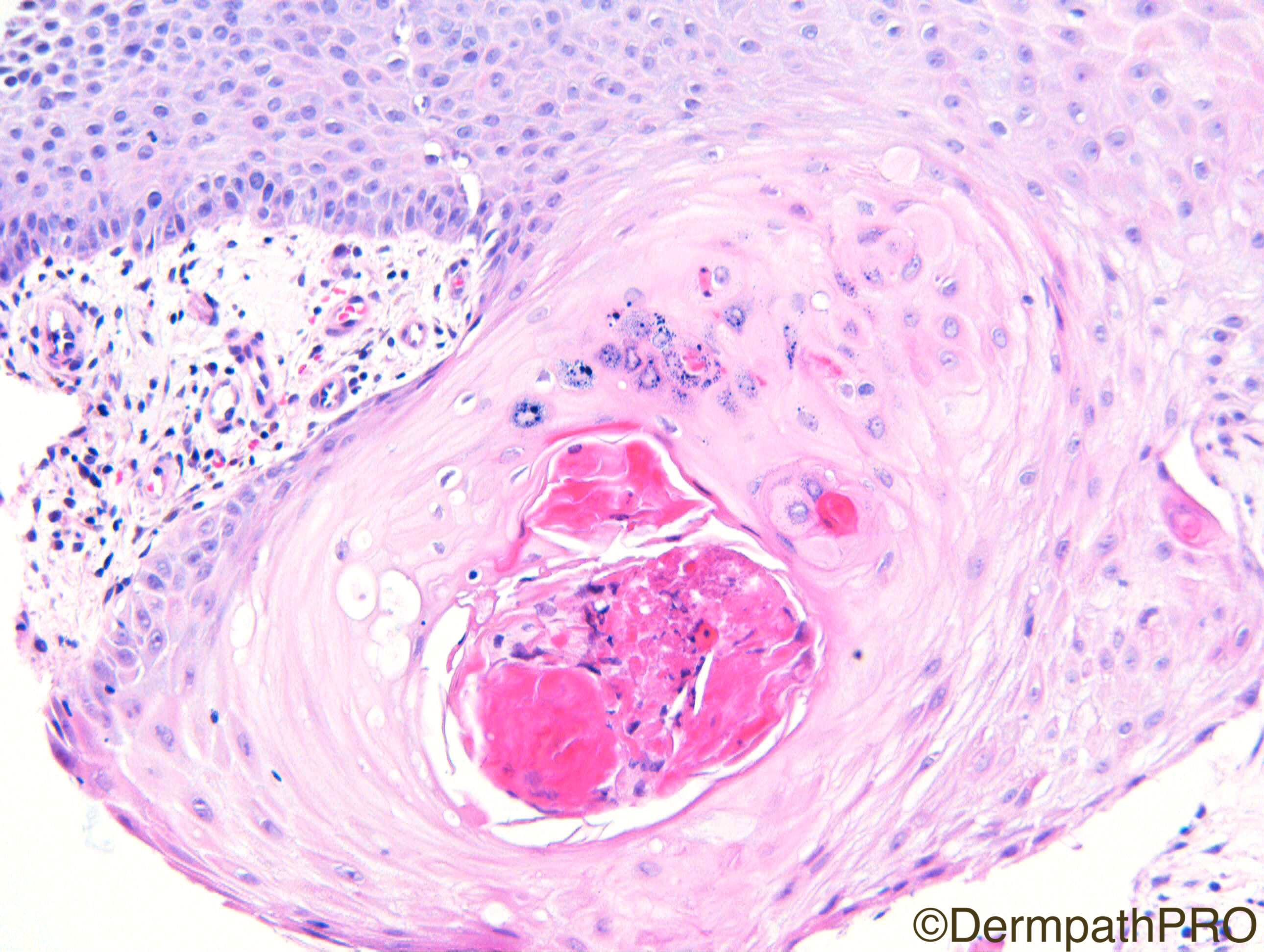
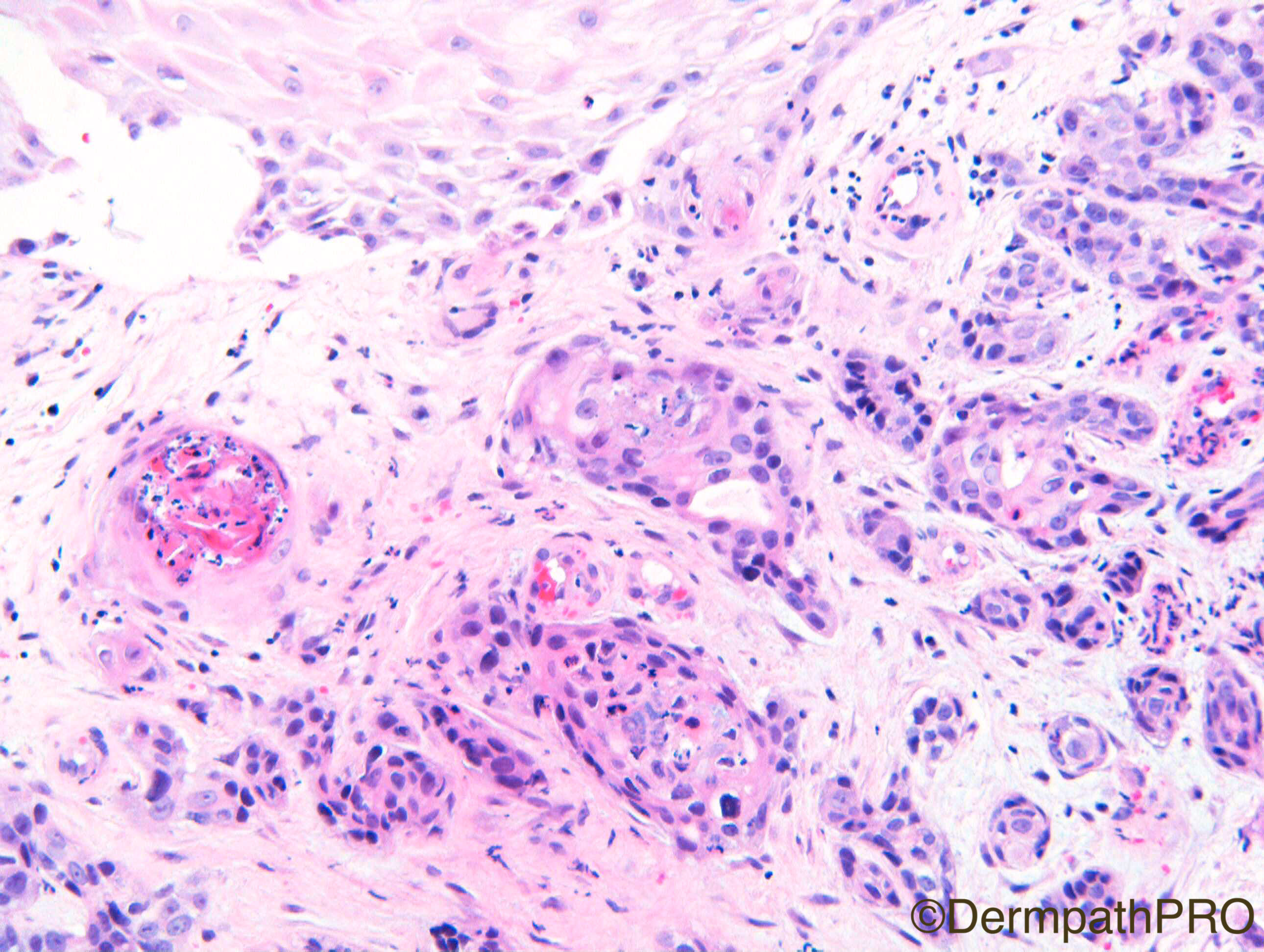
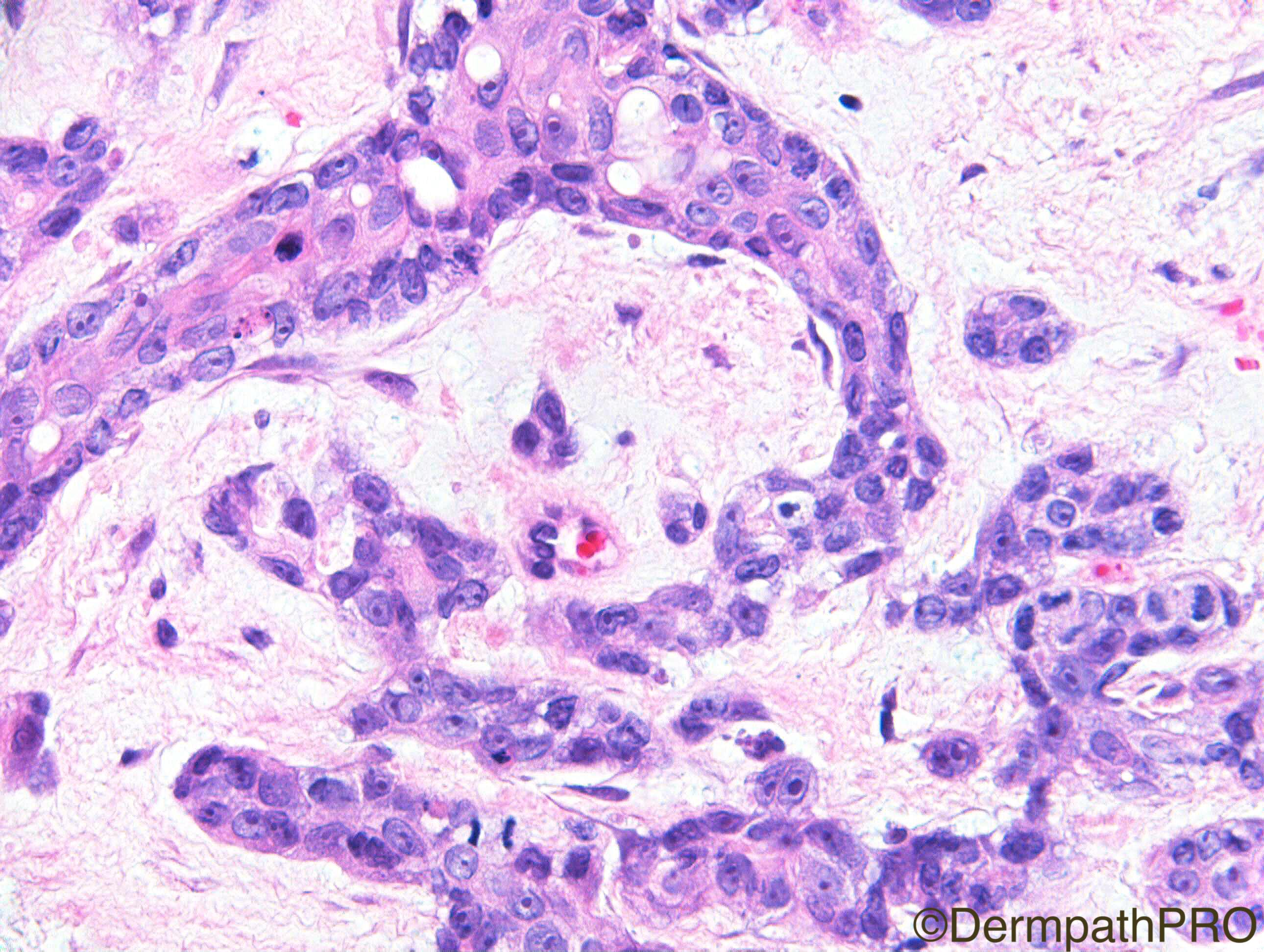
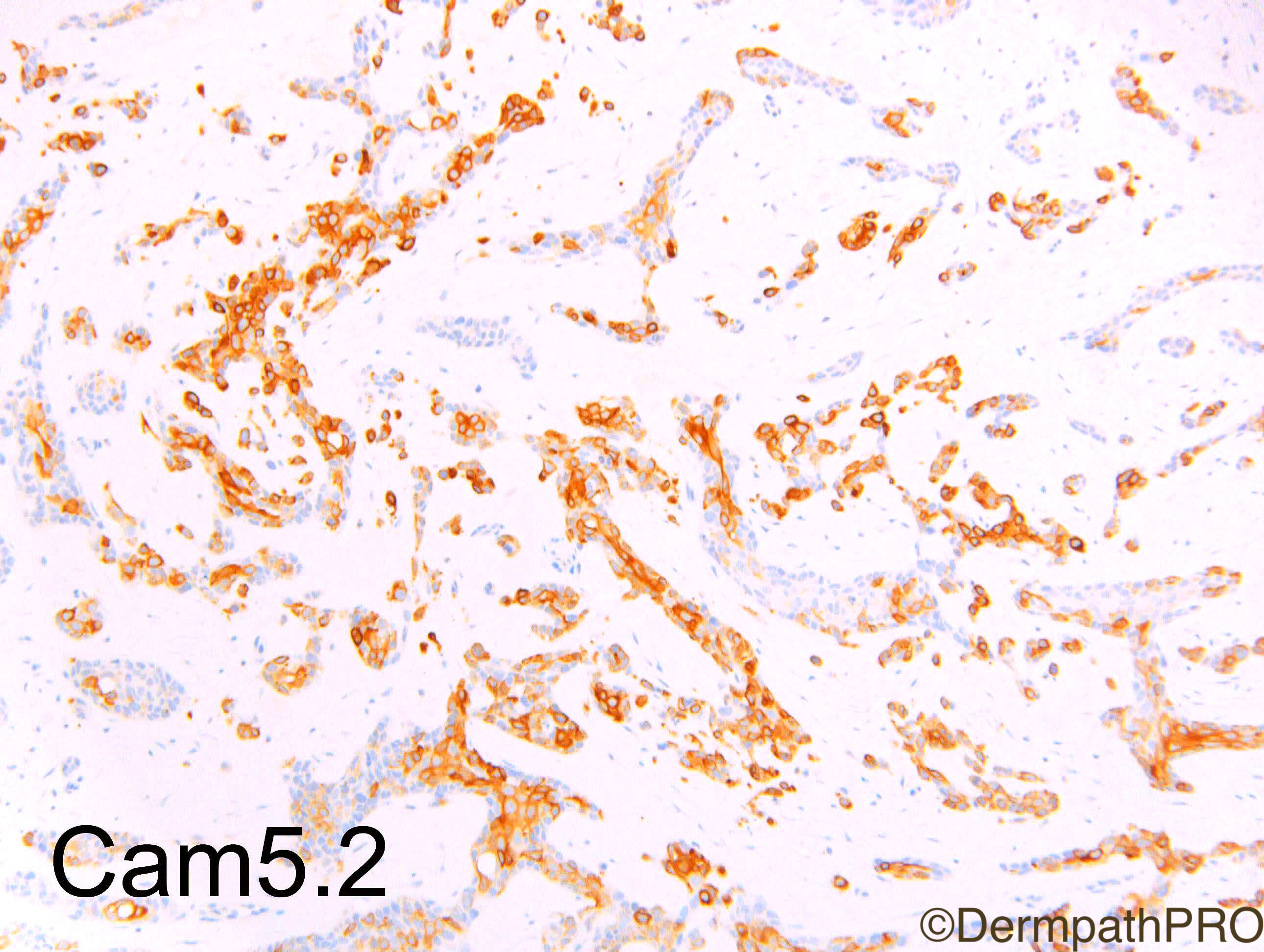

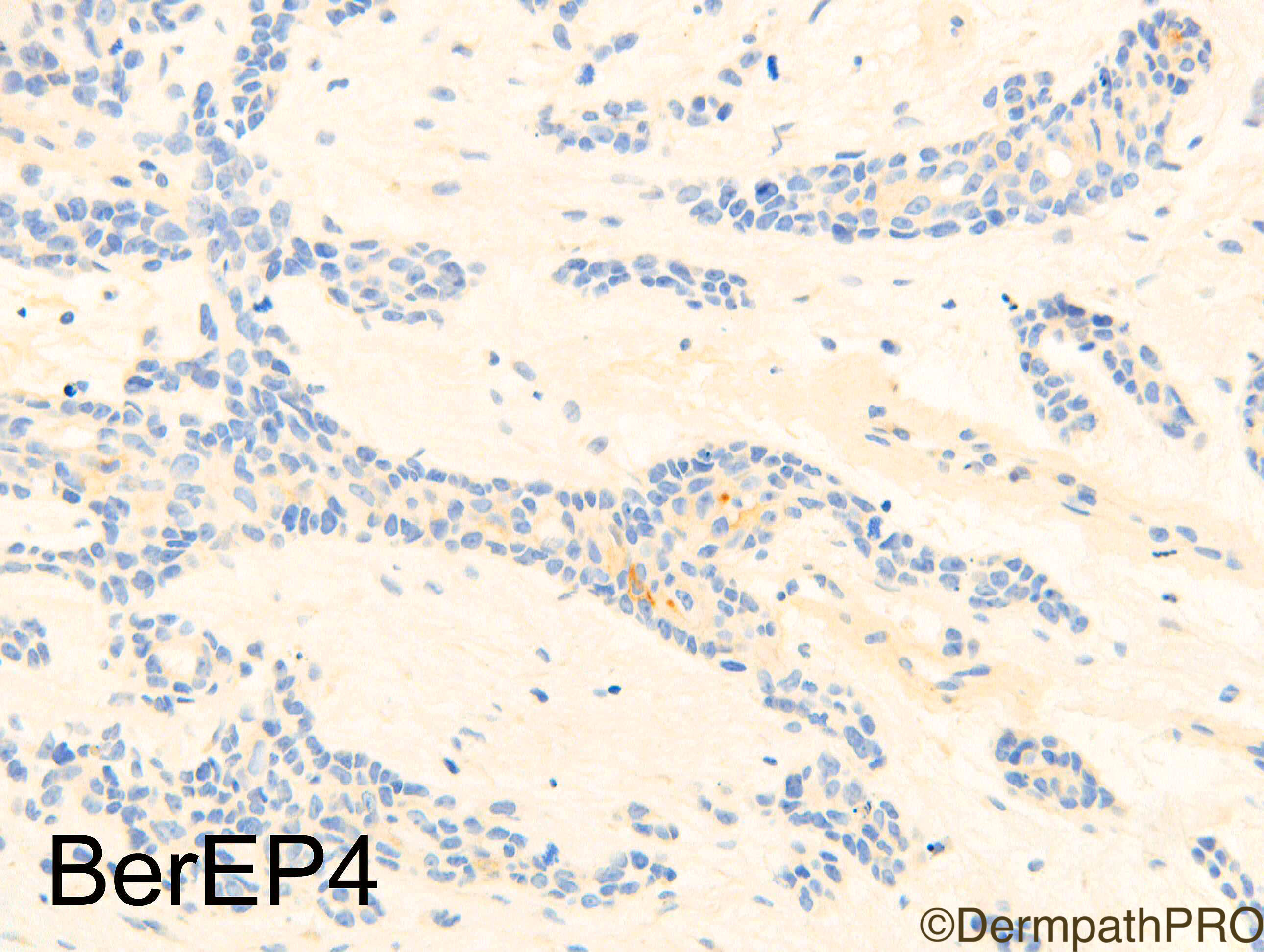
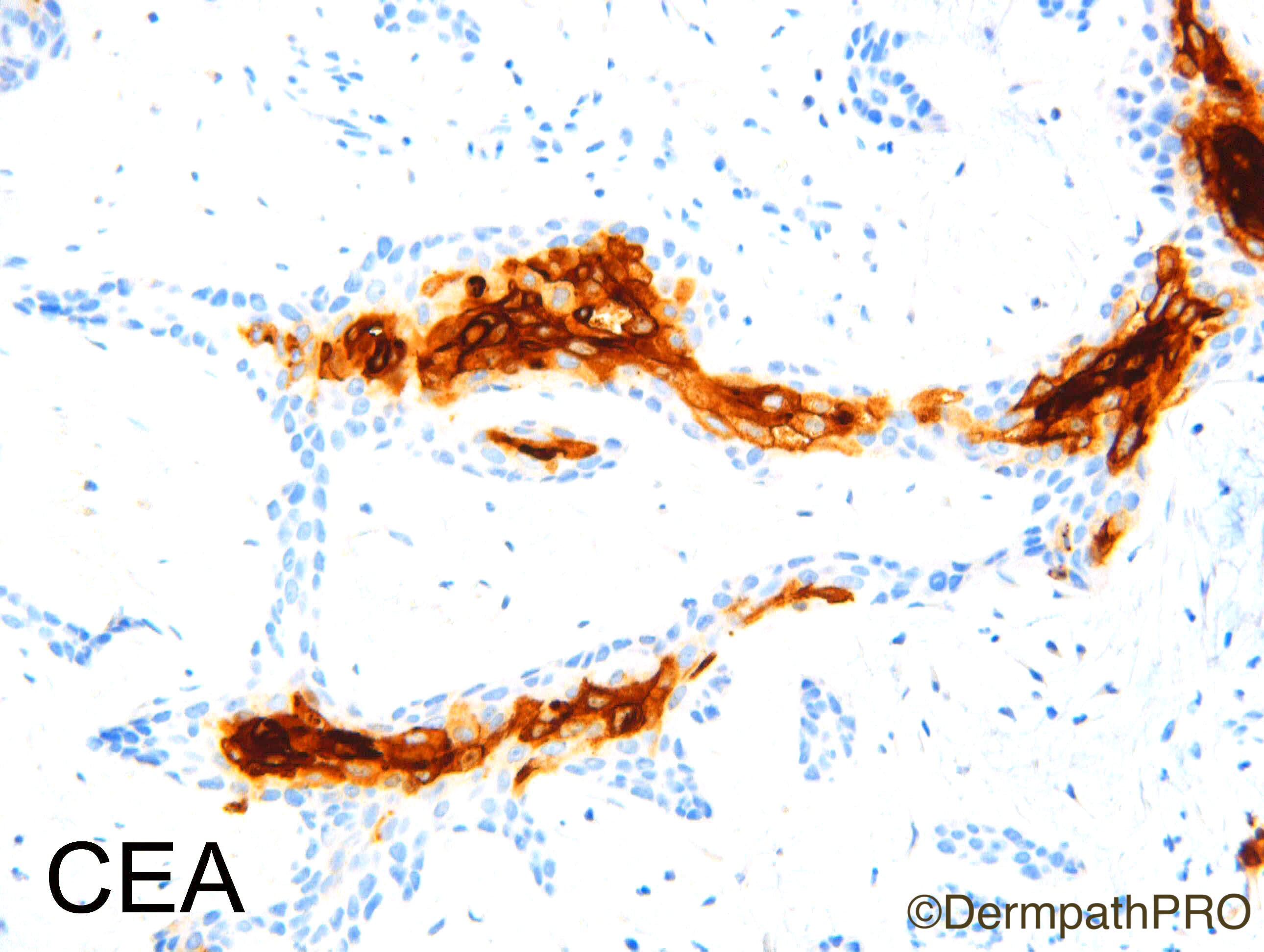
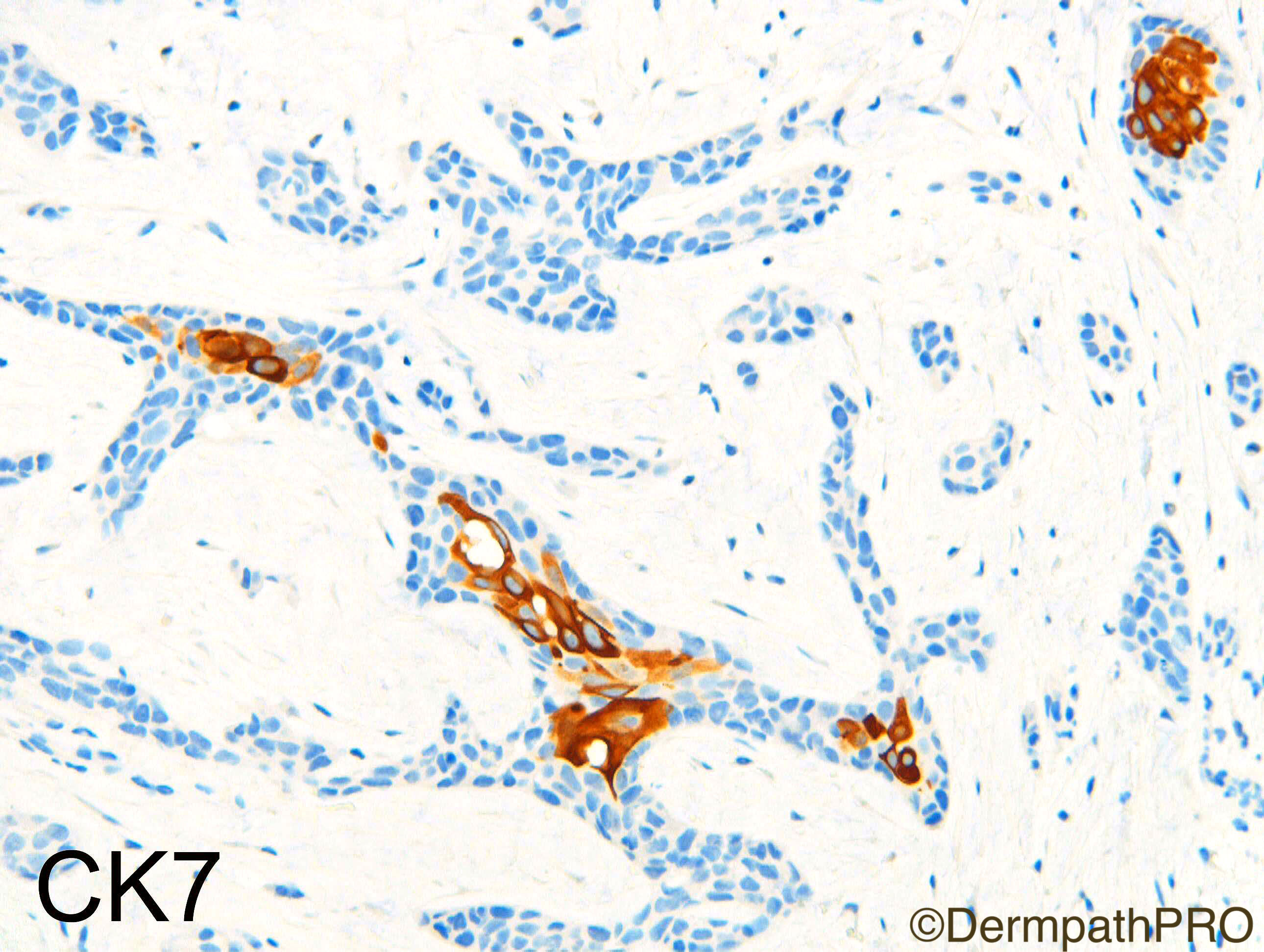
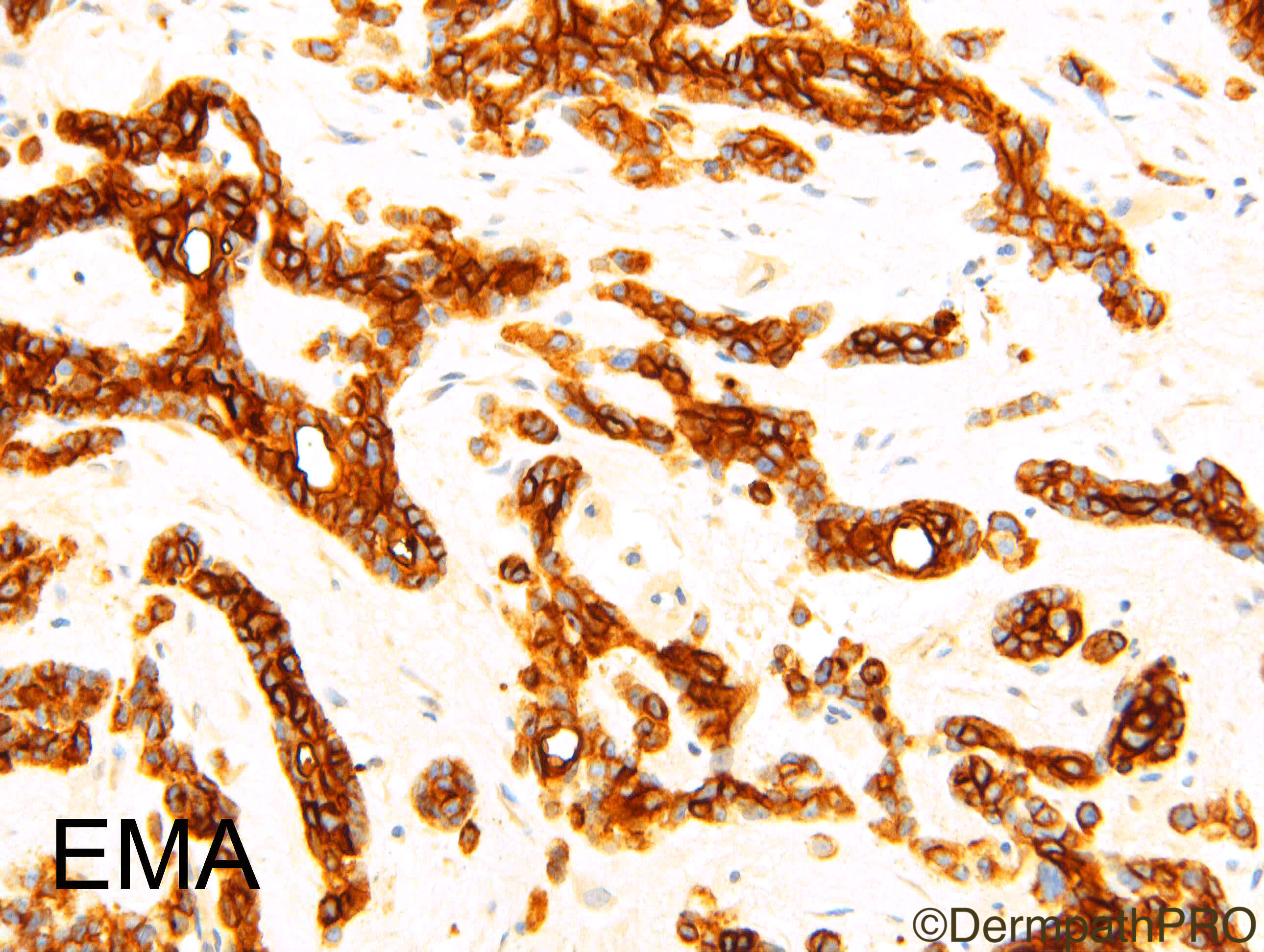
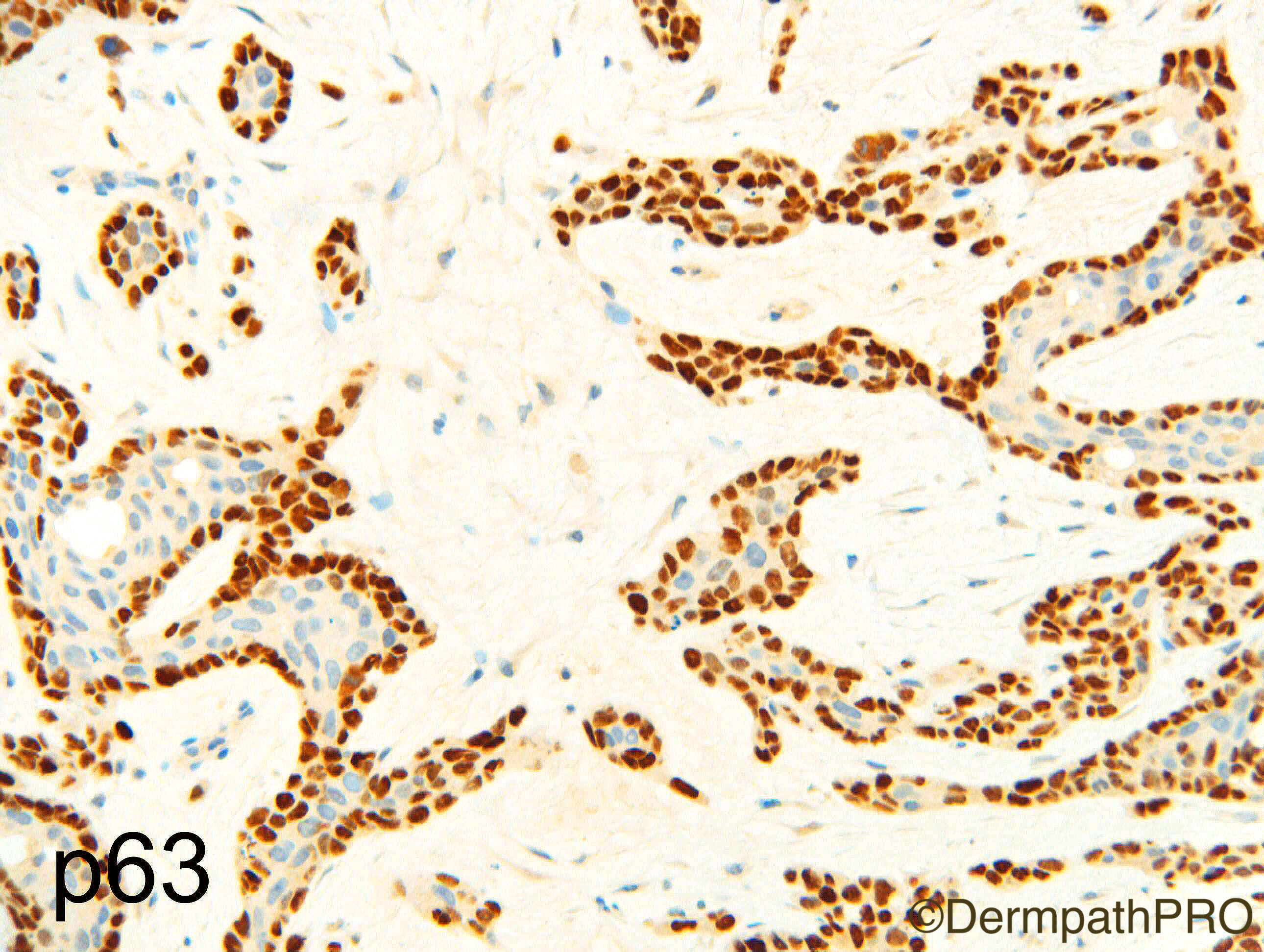
Join the conversation
You can post now and register later. If you have an account, sign in now to post with your account.